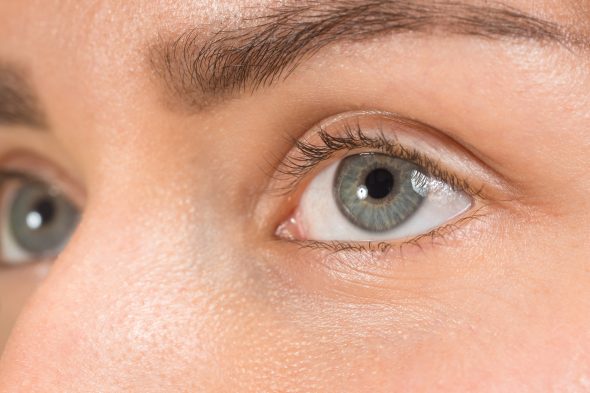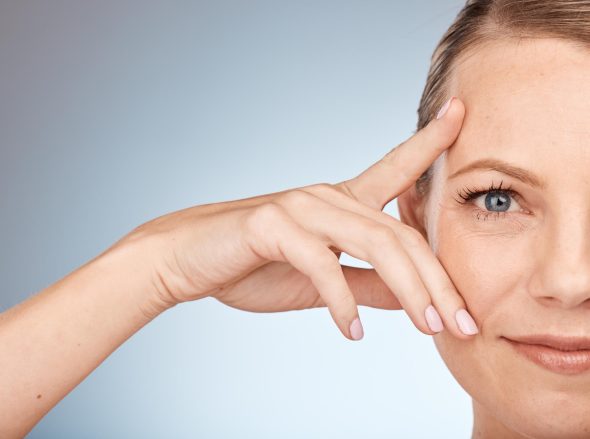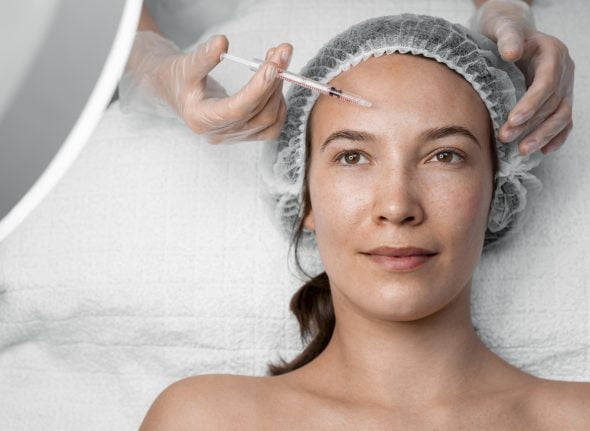
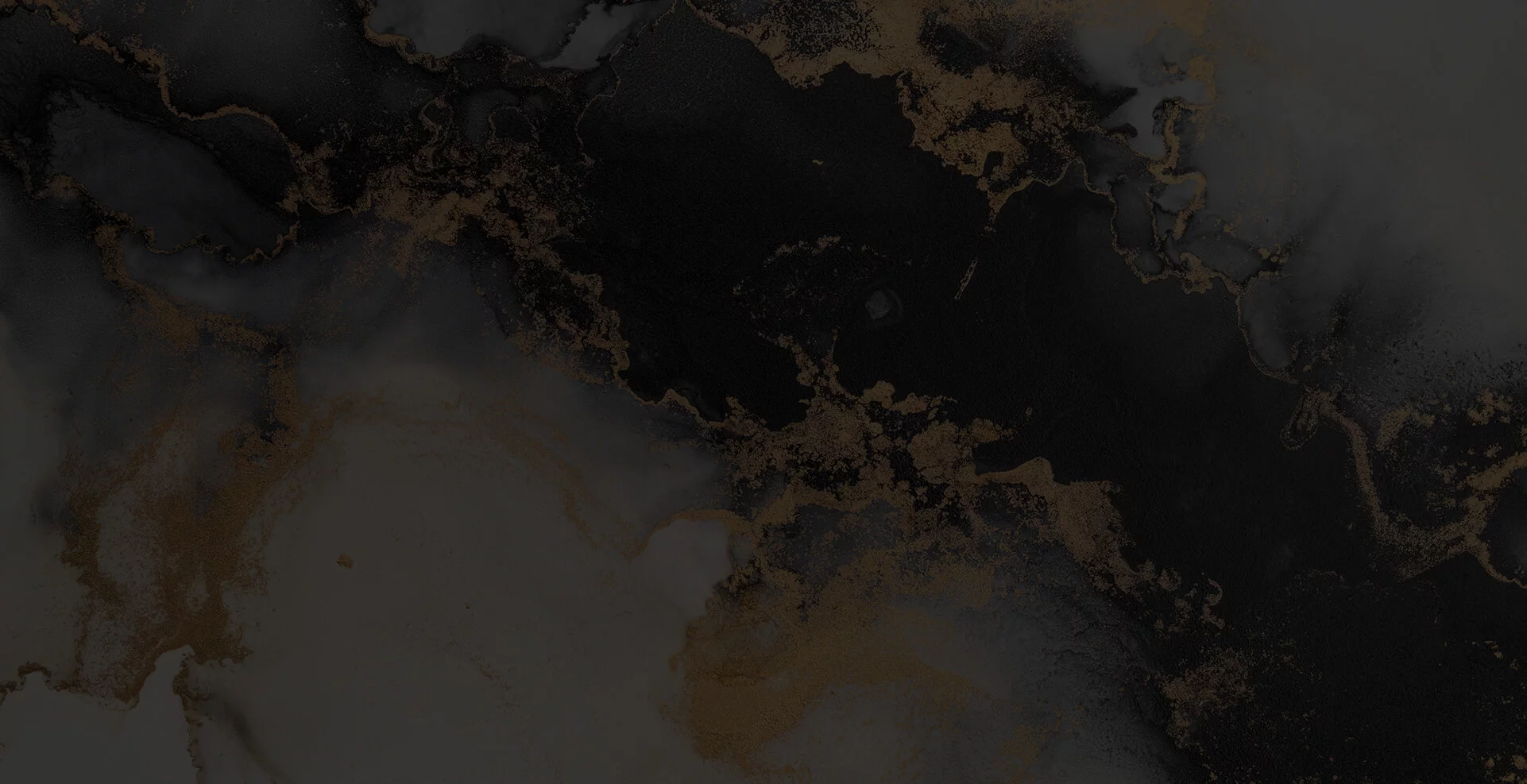
What Should You Not Do With A Chalazion
Daniel Ezra, 21 January 2022
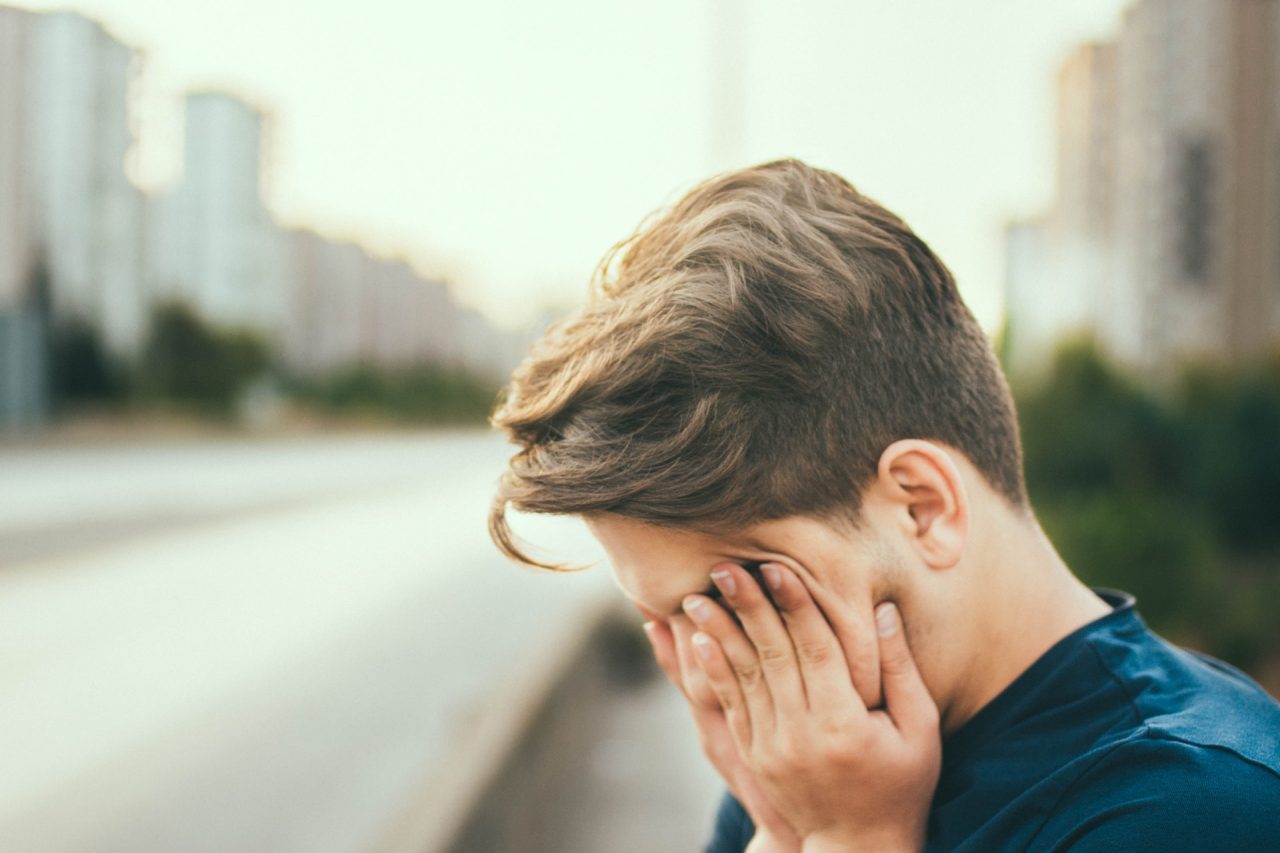
A chalazion typically presents as a firm, red, painless eyelid swelling that develops over several weeks. They may occur on the upper or lower eyelid and often more than one chalazia is present. Chalazia can be very frustrating for patients are they are often unsightly and difficult to treat. Firstly, it’s important to understand what a chalazion is. We have meibomian gands all the way along our upper and lower eyelids. These are oily glands which secrete oils into our tear film and keep our eyes lubricated. When these glands become blocked, a meibomian cyst also known as a chalazion develops. Hot compresses help to treat a chalazion by heating up the oily secretions inside the blocked gland and allowing them to express onto the surface of the eye.
Chalazia are more likely to develop if you:
- Suffer from blepharitis
- Have a skin condition such as seborrheic dermatitis or acne rosacea
- Are diabetic or have other certain health conditions
- Have had a chalazion or stye before
- Have elevated serum cholesterol
How To Avoid Common Chalazion Mistakes
There are some common mistakes that people suffering from chalazia often make that can make the condition worse instead of better. With this in mind, let’s go through some of the DO’s and DON’Ts of chalazion treatment options.
DON’T Attempt To Squeeze Or Pop A Chalazion
While some people may find it tempting to squeeze a chalazion or try to ‘pop’ it like a spot, it’s very important to not attempt this. This is very unlikely to be effective and will cause local tissue damage and swelling.
DO Apply Warm Compresses
Instead of squeezing or popping a chalazion, it’s a good idea to use warm compresses that help to naturally drain the blocked oil gland. Heat encourages the hardened oil to liquify and allows it to drain. Create a warm compress by boiling a kettle and allowing it to cool slightly. Take a clean washcloth and dip it into the water before wringing out the excess moisture. Hold the warm compress over both eyelids for 10 to 15 minutes, 4 to 6 times a day. Don’t share this washcloth with anybody else after use to avoid spreading bacteria to their eyelids too. If you have a microwave at home, heated eye masks can be bought from the chemist which are very effective and contain beads which stay hot for longer than water.
DO Gently Massage The Affected Eyelid
Gently massaging the outside of the eyelids for a couple of minutes a day can help to promote drainage of the meibomian glands. The best time to do this is following a hot compress when the contents of the cyst are liquified. Again, make sure you don’t squeeze the chalazion too hard or attempt to pop it. Doing so can cause further damage.
DON’T Wear Eye Makeup Or Leave It On Overnight
While it’s a good idea to avoid using eye makeup temporarily while you have a chalazion, it’s especially important to remove eye makeup before going to bed. Makeup can clog the meibomian gland orifices, preventing resolution and causing further chalazia to develop. While you have a chalazion, you should replace mascara, eyeliner, and eye shadow every 3 months because it could be contaminated by the bacteria.
DO Practice Good Lid Hygiene To Prevent Chalazia Development
It’s possible to avoid getting a chalazion by practising good lid hygiene. You should wash your hands thoroughly and often, especially before touching your eyes, eyelids, or the surrounding area. Wash your face daily and clean your eyelids with a cotton pad or a clean flannel with a drop of baby shampoo or a blepharitis cleaning solution.
DON’T Ignore A Chalazion If It Is Large Or Doesn’t Go Away
A particularly large chalazion that obscures your vision, or hasn’t drained itself after a few weeks to a month, may require medical treatment or surgery to be removed. In this case, you should contact your doctor or ophthalmologist. Rarely, certain eyelid cancers may present similarly to a chalazion so it is essential to be reviewed by an ophthalmologist if your chalazion is not resolving.
Treatment Options for Chalazia
If you are prone to chalazia, it is a good idea to get into a routine of lid cleaning, hot compresses and lid massage to treat any cysts and prevent them from recurring. A chalazion may become infected and cause preseptal cellulitis of the eyelids. If this occurs, oral antibiotics may be necessary to treat the infection. Medical treatment of skin conditions such as seborrheic dermatitis or acne rosacea can help to break the cycle of recurrent chalazia. There is limited evidence that certain supplements such as flax seed oil and omega 3 help to alter the oil composition of meibomian glands and prevent chalazia from recurring.
Chalazion Surgery
Chalazion surgery is a simple procedure which is performed under local anaesthetic to numb the eyelid. A small incision is made on the inside of the eyelid to allow the contents of the cyst to drain. This is effective in approximately 70% of patients. In certain patients, the cyst no longer contains liquid contents but is formed of inflammatory granulation tissue which do not respond well to surgery.
Steroid Injection
Steroids may be injected into the cyst to treat the inflammatory granulation tissue. Your ophthalmologist will advise the best treatment for you.
